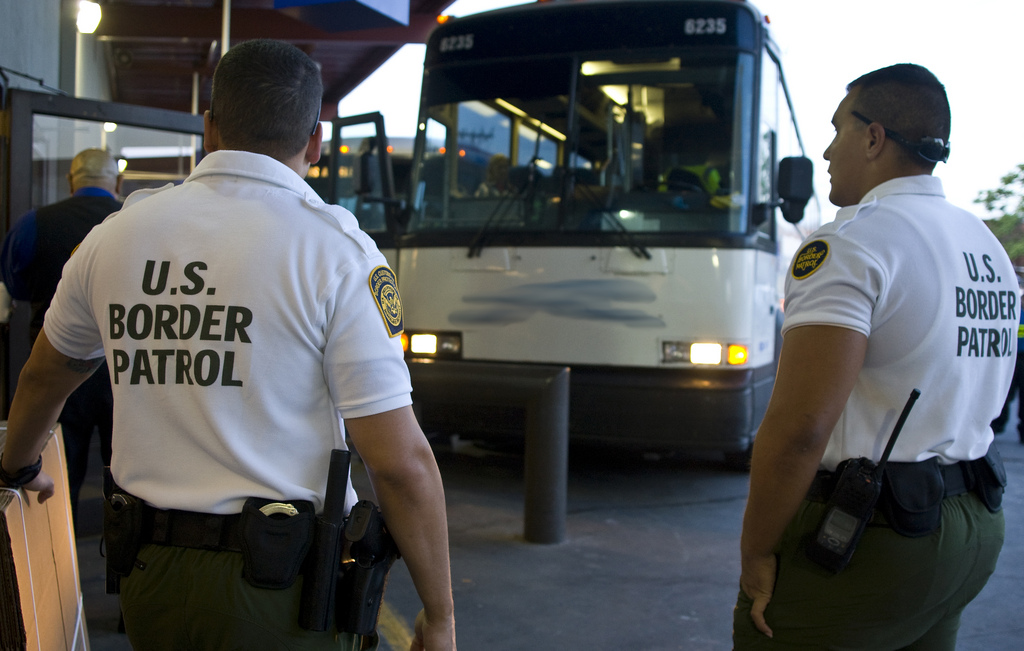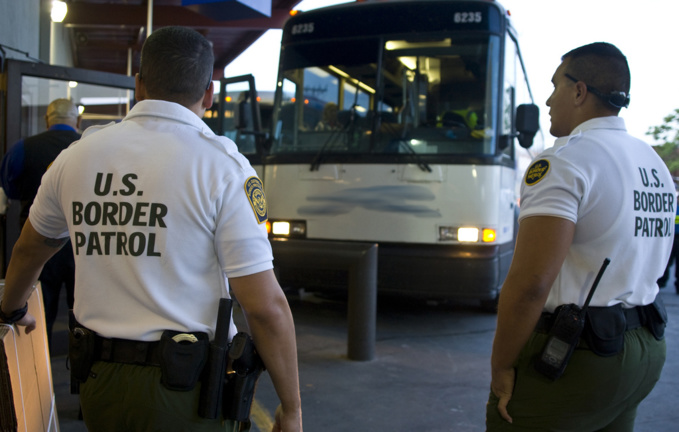Existing multilateral rules and agreements within the framework of the WTO (the General Agreement on Trade in Services and the General Agreement on Tariffs and Trade) touch upon some aspects of digital commerce. These issues (including, for example, electronic authentication, data protection and electronic document management) are spelled out in more detail in regional trade agreements. However, introduction of new business models resulted in emergence of more complex transactions, and put regulators in front of the need to solve new problems, the OECD says. First of all, we are talking about erasing the border between goods and services and the resulting uncertainty in application of trade rules. In the production process itself, the share of services — design, engineering, research, often electronically coordinated — is growing, and services are becoming an integral part of smart products.
Thus, effective regulation of digital commerce and market openness not only require removal of barriers to the final electronic transaction, but also affect the entire value chain, including logistics and the basic means of digital production and distribution - hardware, telecommunications, software. Regulators in different countries will also have to interact more actively with each other for consistency of actions and approaches, the OECD concludes.
source: oecd.org
Thus, effective regulation of digital commerce and market openness not only require removal of barriers to the final electronic transaction, but also affect the entire value chain, including logistics and the basic means of digital production and distribution - hardware, telecommunications, software. Regulators in different countries will also have to interact more actively with each other for consistency of actions and approaches, the OECD concludes.
source: oecd.org



















